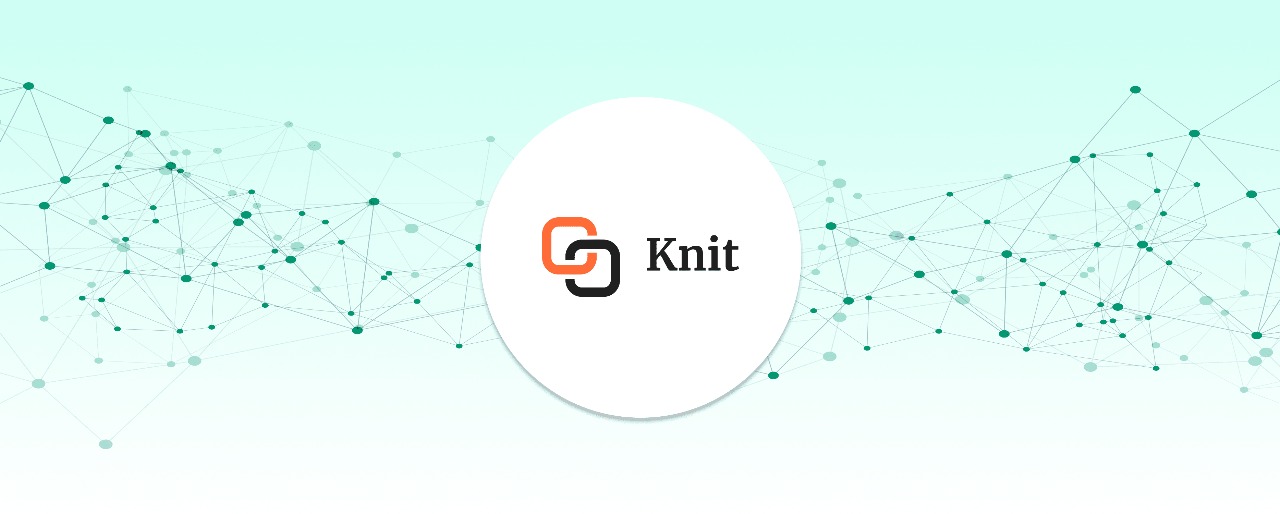Introduction
This article is part of our in-depth series on the HRIS API. In this guide, we’ll walk through how to retrieve employee data from IRIS Cascade, covering endpoints, prerequisites, sample code, and common troubleshooting tips.
If you’d like a deeper look at authentication, rate limits, and other use cases, check out our full list of HRIS API Guides.
The IRIS Cascade API provides endpoints that let you retrieve detailed employee information from basic personal details to department, position, and status. You can query data for a single employee or retrieve all employee records in bulk.
Prerequisites
Before you begin, make sure you have:
- Access to the IRIS Cascade API with valid credentials.
- A Python environment with the
requestslibrary installed. - Proper authorization tokens (usually a Bearer token).
API Endpoints
- Get all employees:
GET /employees - Get a specific employee by ID:
GET /employees/{id}
Step-by-Step Guide
1. Retrieve All Employees
import requests
url = "https://yourdomain.com/api/employees"
headers = {"Authorization": "Bearer YOUR_ACCESS_TOKEN"}
response = requests.get(url, headers=headers)
if response.status_code == 200:
employees = response.json()
print(employees)
else:
print("Failed to retrieve employees")
2. Retrieve a Single Employee by ID
import requests
employee_id = "12345"
url = f"https://yourdomain.com/api/employees/{employee_id}"
headers = {"Authorization": "Bearer YOUR_ACCESS_TOKEN"}
response = requests.get(url, headers=headers)
if response.status_code == 200:
employee = response.json()
print(employee)
else:
print("Failed to retrieve employee")
Common Pitfalls and How to Avoid Them
- Incorrect endpoint URL: Double-check your base URL and path before sending a request.
- Expired or invalid tokens: Refresh your token regularly or implement automated token rotation.
- Ignoring pagination: Large datasets are often paginated; use
$topand$skipparameters. - Uncaught errors: Always handle
4xxand5xxresponses to log and debug effectively. - Rate limit breaches: Respect API rate limits and add retry mechanisms.
- Incorrect employee ID format: Ensure IDs match the expected format defined by your HR system.
- SSL or network errors: Configure secure connections and handle connection exceptions gracefully.
Frequently Asked Questions
1. What is the maximum number of employees I can retrieve in one request?
You can fetch up to 250 employees per request using the $top query parameter.
2. How can I handle pagination for large datasets?
Use $skip and $top parameters to iterate through the employee list efficiently.
3. Can I filter the employee data?
Yes, apply the $filter parameter to retrieve employees based on specific attributes like department or job title.
4. What data formats does IRIS Cascade support?
The API supports JSON and XML response formats. JSON is recommended for most integrations.
5. How do I authenticate my API requests?
Include a Bearer token in the Authorization header of every request.
6. What if I receive a 401 Unauthorized error?
This usually means your token has expired or is invalid. Generate a new one and try again.
Integrating IRIS Cascade with Knit
Instead of building and maintaining your own integration, Knit API lets you connect to IRIS Cascade in minutes. With a single integration, Knit manages:
- Authentication and token refresh
- Data synchronization
- Error handling and maintenance
For developers who want to avoid maintaining HR integrations and focus on product innovation, Knit provides a unified, reliable, and scalable way to connect to IRIS Cascade and other HRIS systems effortlessly.


.png)






